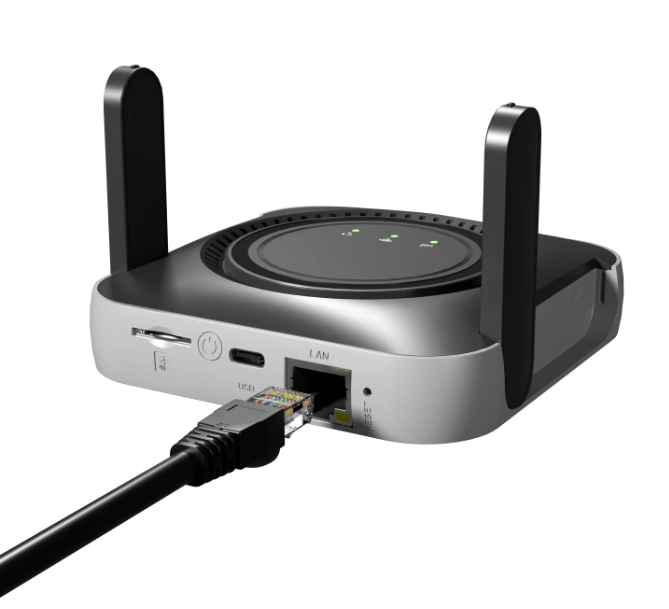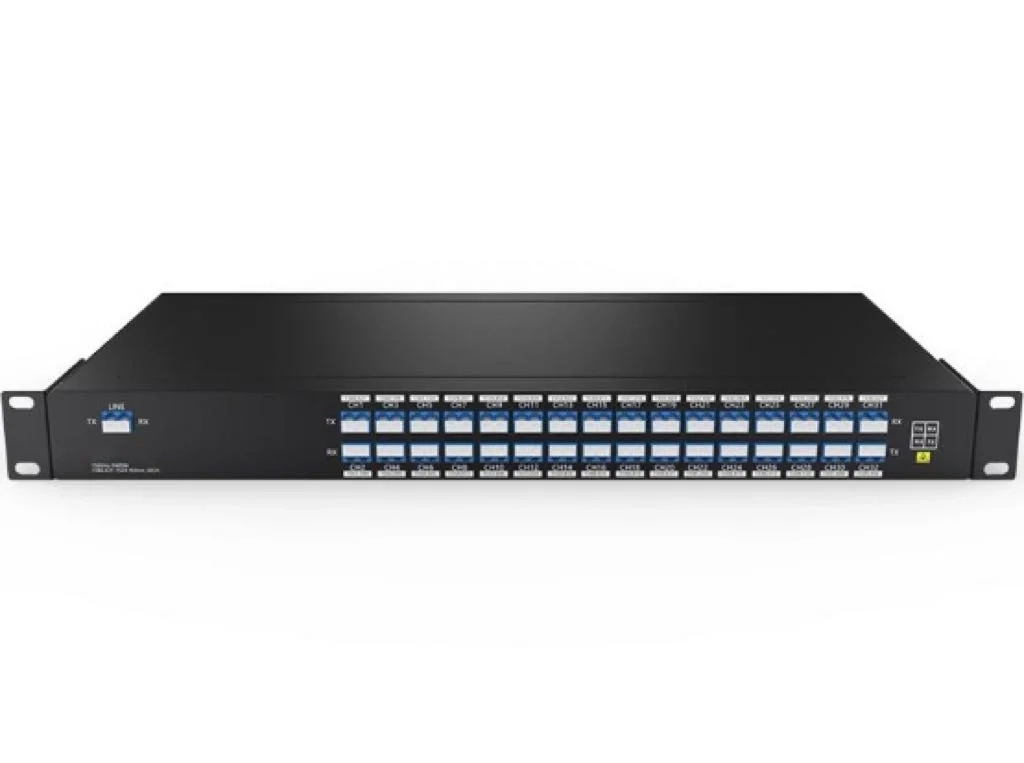Mastering Electrical Switch Troubleshooting: A Comprehensive Guide for Professionals
When it comes to electrical systems, switches play a crucial role in controlling the flow of electricity to various devices and appliances. However, like any other component, electrical switches can malfunction, leading to inconvenience and potential safety hazards. Understanding how to troubleshoot an electrical switch effectively is essential for both professionals and DIY enthusiasts. This article delves into the intricacies of electrical switch troubleshooting, providing a structured approach to diagnosing and resolving issues.
Understanding the Basics of Electrical Switches
Before diving into troubleshooting, it's important to grasp the fundamental types of electrical switches and their functions. The most common types include:
- Single-Pole Switches: Control a single light or fixture from one location.
- Three-Way Switches: Allow control of a light or fixture from two different locations.
- Four-Way Switches: Used in conjunction with three-way switches to control a light from three or more locations.
- Dimmer Switches: Enable variable control over the brightness of a light fixture.
Each type of switch has its unique wiring configuration and operational characteristics, which are crucial to consider during troubleshooting.
Step-by-Step Troubleshooting Process
- Safety First: Power Off
Before beginning any troubleshooting, ensure your safety by turning off the power at the circuit breaker. Use a non-contact voltage tester to confirm that the switch is de-energized. This step is critical to prevent electrical shock and ensure a safe working environment.
- Visual Inspection
Conduct a thorough visual inspection of the switch and its surrounding area. Look for:
- Physical Damage: Cracks, burn marks, or signs of overheating on the switch.
- Loose Connections: Check for any loose wires or connections at the switch terminals.
- Corrosion: Inspect for rust or corrosion, especially in outdoor or humid environments.
- Testing the Switch
Once you've completed the visual inspection, it's time to test the switch. Here’s how:
- Continuity Test: Using a multimeter set to the continuity setting, disconnect the switch from the circuit. Place one probe on each terminal of the switch. If the multimeter beeps or shows a low resistance value, the switch is functioning correctly. If not, the switch may be faulty and require replacement.
- Voltage Test: With the switch still disconnected, turn the power back on and use the multimeter to check for voltage at the switch terminals. If voltage is present but the switch does not operate, it indicates a problem within the switch itself.
- Inspecting the Wiring
If the switch appears functional, the issue may lie within the wiring. Check for:
- Frayed Wires: Look for any signs of wear or damage to the wires leading to the switch.
- Loose Connections: Ensure that all wire connections are secure and properly insulated.
- Circuit Overload: If multiple devices are connected to the same circuit, it may be overloaded, causing the switch to fail intermittently.
- Testing the Load
If the switch and wiring are intact, the next step is to test the load (the device or fixture controlled by the switch). Disconnect the load and test it separately to ensure it is functioning correctly. If the load is faulty, it may cause the switch to appear defective.
Common Issues and Solutions
- Switch Won't Turn On
- Possible Cause: Faulty switch or wiring issue.
- Solution: Replace the switch or repair the wiring as needed.
- Switch Works Intermittently
- Possible Cause: Loose connections or a failing switch.
- Solution: Tighten connections or replace the switch.
- Dimmer Switch Flickering
- Possible Cause: Incompatible bulbs or overload.
- Solution: Ensure the bulbs are compatible with the dimmer and check for circuit overload.
Conclusion
Troubleshooting an electrical switch requires a systematic approach, combining safety precautions with technical knowledge. By following the steps outlined in this guide, you can effectively diagnose and resolve common switch issues, ensuring the reliability and safety of your electrical systems. Remember, if you're ever in doubt or encounter complex problems, consulting a licensed electrician is always the best course of action. This not only ensures safety but also compliance with local electrical codes and standards.




